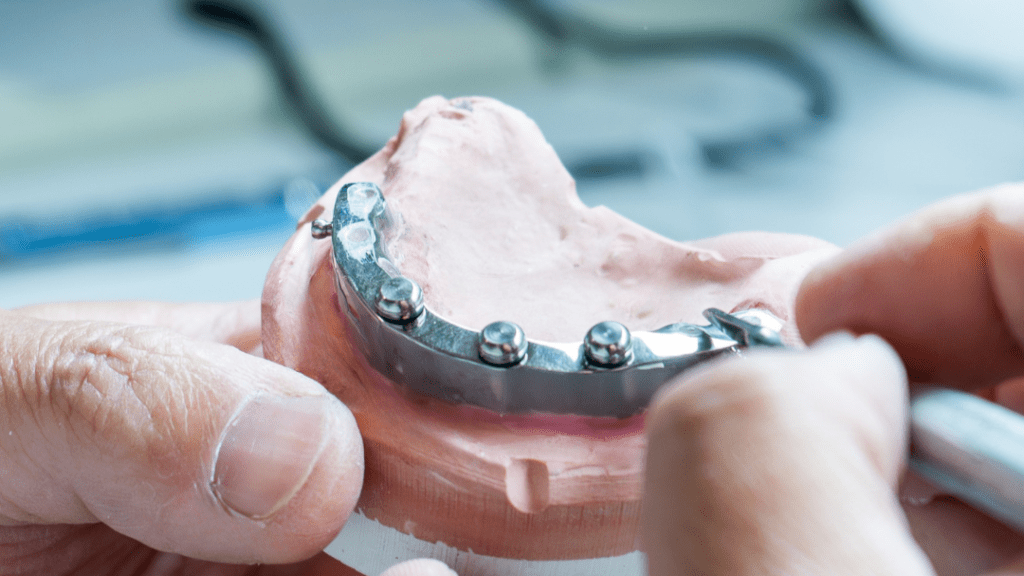As dental professionals, recommending the most suitable full-arch restoration system for your patients is essential to achieving both functional and aesthetic success. All-on-X and Bar Overdentures are two of the most popular options. While both utilize implants to restore an entire arch, the requirements for each system differ significantly based on the patient’s clinical condition, preferences, and lifestyle.
Let’s explore the specific patient requirements for both All-on-X and Bar Overdentures, allowing you to make the most informed treatment decisions for your patients.
What is All-on-X?
The All-on-X system involves the placement of 4 to 6 implants to support a fixed, non-removable prosthesis. The implants are typically placed in strategic locations with optimal angulation (often tilted) to maximize available bone and minimize the need for bone grafting, making it a great option for patients with moderate bone loss.
The result is a permanent, low-maintenance solution that offers superior stability and comfort for patients who prefer a fixed, non-removable restoration.
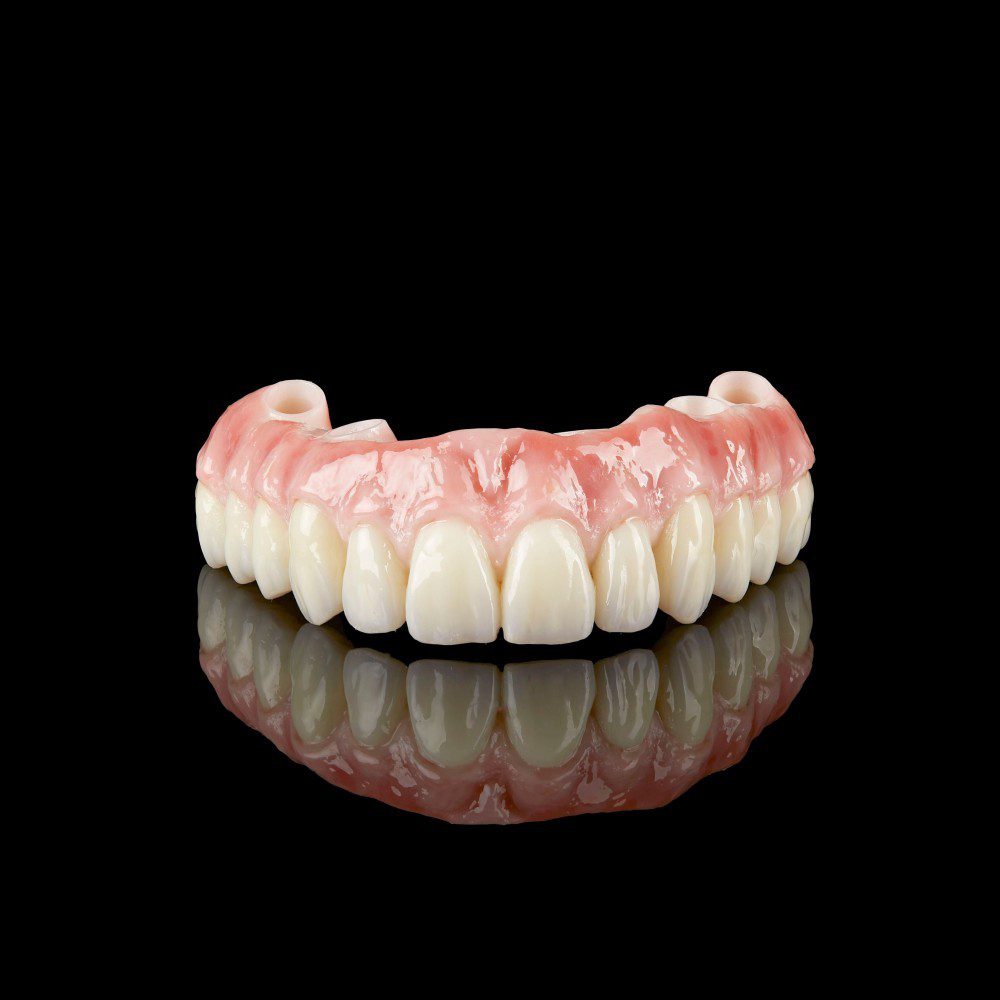
What is a Bar Overdenture?
The Bar Overdenture system uses 4 to 6 implants to support a custom-fabricated titanium bar that retains the removable overdenture. This solution provides removable stability, meaning the prosthesis can be taken out for cleaning while still offering a much more secure fit than traditional dentures.
While the Bar Overdenture is also a stable, implant-supported solution, it differs from the All-on-X system in its design, maintenance requirements, and patient considerations.
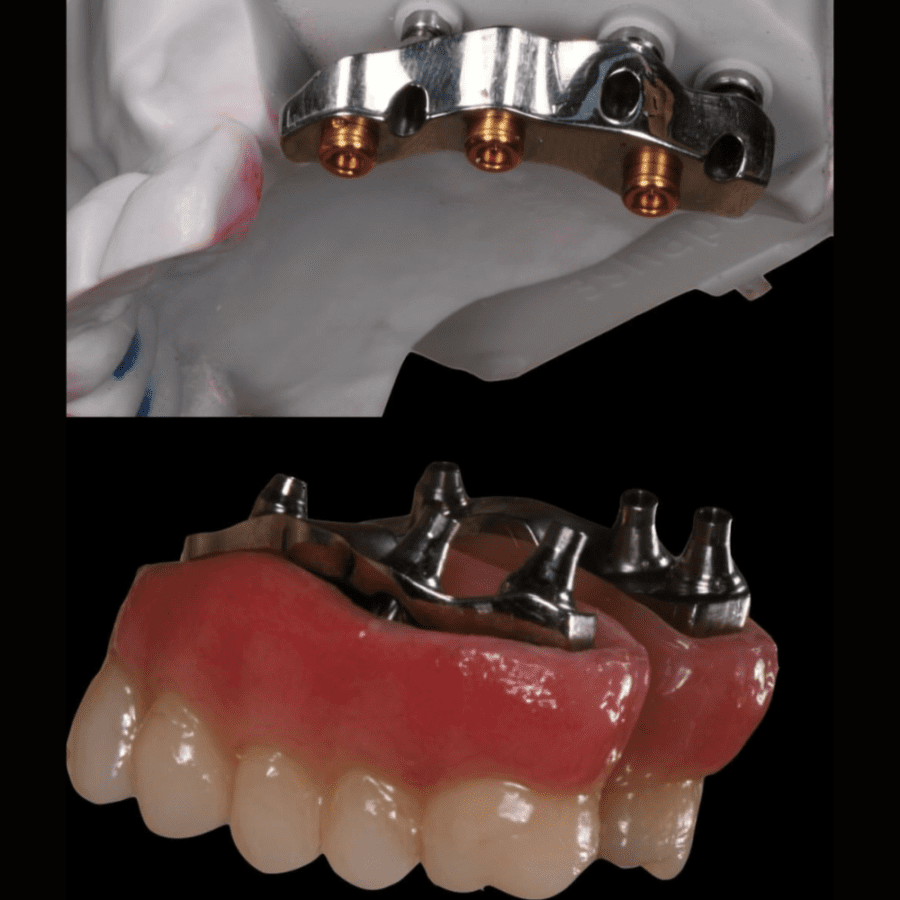
Key Requirements for All-on-X
1. Bone Volume and Density
- Adequate Bone Structure: One of the critical requirements for the All-on-X system is sufficient bone volume and density. While the system is designed to work well in patients with moderate bone loss, implants need to be placed at specific angles to maximize bone contact. Typically, 4 to 6 implants are placed, often with tilted posterior implants, which allows the system to bypass areas of bone resorption and avoid the need for bone grafting.
- Bone Grafting or Sinus Lifts: In cases of severe bone loss, All-on-X can be adapted by utilizing bone grafts or sinus lifts to restore sufficient bone volume. However, patients with severe bone atrophy may not be ideal candidates for All-on-X unless the bone grafting procedure is performed beforehand.
2. Patient Health and Gum Tissue Condition
- Gum Health: Healthy gums are essential for the success of the All-on-X system. As an oral surgeon or dentist, it is critical to assess the health of the patient’s periodontal tissues. If the patient has significant periodontal disease or inflammation, it must be managed before implant placement.
- Systemic Health: Candidates should be in good overall health, particularly with regard to conditions such as uncontrolled diabetes or other systemic diseases that could affect healing. Smoking cessation is also recommended for optimal osseointegration and long-term success.
3. Patient Preference for a Fixed Restoration
- Desire for Permanent Solution: All-on-X is ideal for patients who desire a fixed, non-removable prosthesis. The fixed nature of the restoration eliminates the need for daily removal and cleaning, which can be an attractive feature for patients who seek a more permanent, low-maintenance solution.
- Lifestyle Considerations: Active patients who require a highly stable prosthesis for everyday functions like chewing, speaking, and smiling would benefit from the durability and permanence of All-on-X.
4. Long-Term Prognosis
- Stability and Longevity: All-on-X offers greater long-term stability compared to removable options. The fixed prosthesis is more durable, providing better comfort and wear resistance, which is particularly beneficial for patients who have a history of bruxism or strong bite forces.
Key Requirements for Bar Overdenture
1. Bone Volume and Density
- Adequate Bone for Implant Support: Like All-on-X, Bar Overdentures require sufficient bone volume and quality for implant placement. Typically, 4 to 6 implants are placed, but the bone density requirement may be less stringent compared to All-on-X. Bar Overdentures can be a suitable option for patients with moderate bone loss, but in cases of severe atrophy, bone grafting may be necessary to ensure the implants are adequately supported.
- Strategic Implant Placement: The implants used in Bar Overdentures are placed in specific locations to support the custom bar, which helps distribute the forces of chewing more effectively. In patients with compromised bone quality, Bar Overdentures may be a more viable solution than a fixed option like All-on-X.
2. Health and Maintenance Willingness
- Health of Gum Tissue: As with All-on-X, Bar Overdentures require healthy gum tissue for successful implant integration. Patients with gum disease must have their condition treated prior to implant placement.
- Commitment to Maintenance: Bar Overdentures are removable, which means patients need to be committed to regular maintenance. They must clean the prosthesis daily and attend routine visits to check the bar and implants for wear or loosening. This can be more time-consuming for patients who prefer less maintenance but offers flexibility for those who are comfortable with the process.
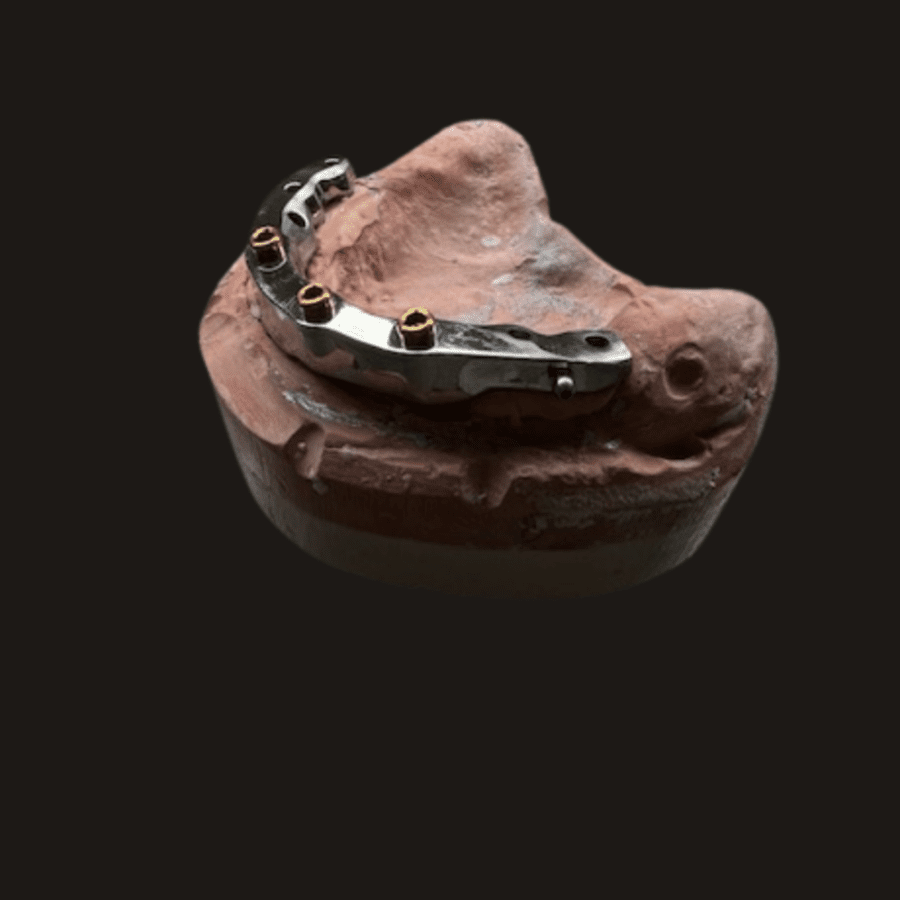
3. Preference for a Removable Prosthesis
- Desire for Flexibility: Bar Overdentures are ideal for patients who want the ability to remove their prosthesis for cleaning. This flexibility may be preferred by patients who are not ready for a permanent, non-removable solution.
- Retentive but Removable: The Bar Overdenture is designed to provide a more stable fit than traditional removable dentures, making it a great option for patients who desire the convenience of a removable prosthesis but still want strong retention.
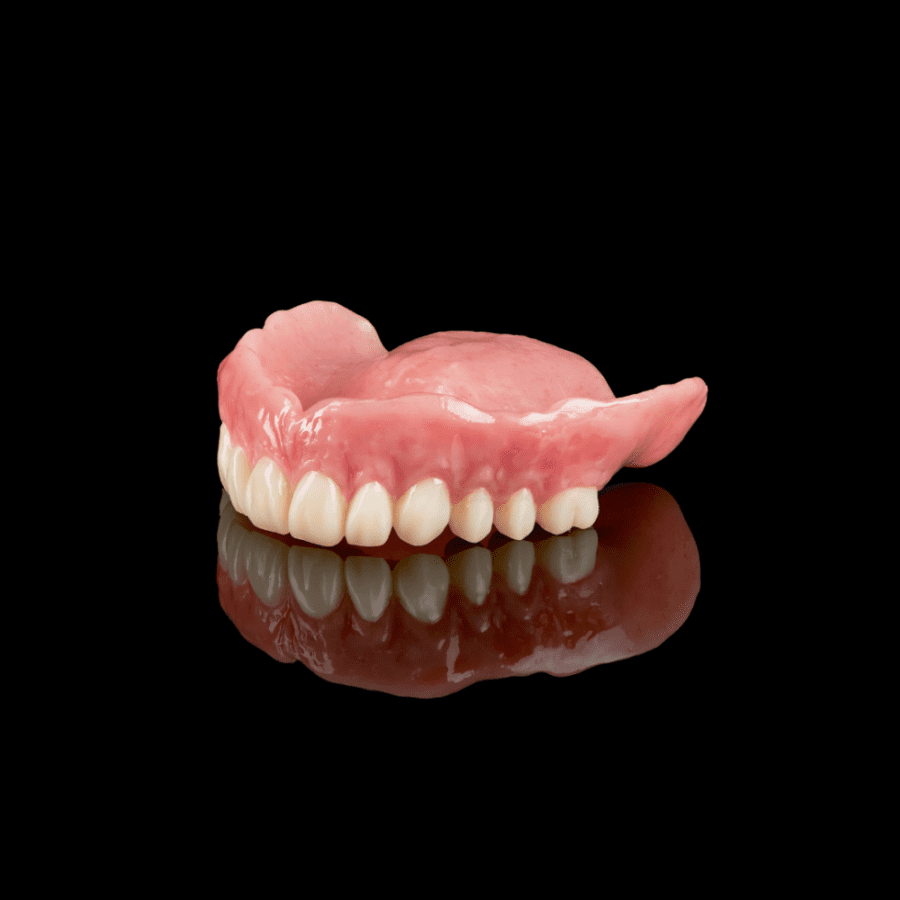
4. Cost Considerations
- More Affordable Option: Bar Overdentures are generally a more cost-effective solution than All-on-X. Patients who are looking for a lower-cost alternative to fixed restorations without sacrificing implant stability may find the Bar Overdenture system a more viable option.
5. Aesthetic and Functional Considerations
- Functionality: The Bar Overdenture offers functional benefits with a stable foundation, though not as rigid or permanent as the fixed All-on-X. It’s important to consider the patient’s chewing ability and functional needs when deciding between the two systems.
Decision-Making for Your Patients
When considering whether All-on-X or Bar Overdenture is the right solution for your patient, assess the following factors:
- Bone Availability: Both options are viable if the patient has sufficient bone for implants without the need for grafting. However, due to its angled implant placement, All-on-X is particularly effective for patients with moderate bone loss.
- Patient Preferences: Does the patient prefer a fixed prosthesis (All-on-X) or a removable solution (Bar Overdenture)? Understanding their lifestyle, maintenance preferences, and comfort levels will guide the decision.
- Long-Term Prognosis: Consider the patient’s overall oral health and long-term expectations. All-on-X provides a more durable and stable solution, whereas Bar Overdentures may require more regular maintenance.
- Cost Sensitivity: For patients with budget concerns, Bar Overdentures provides a more affordable option while still offering substantial stability.
Conclusion
Both All-on-X and Bar Overdenturesare excellent solutions for full-arch rehabilitation, but they require careful patient assessment to determine the most appropriate treatment. All-on-X is ideal for patients seeking a fixed, low-maintenance solution with strong long-term stability, while Bar Overdentures offer a removable, cost-effective option with superior retention compared to traditional dentures.

